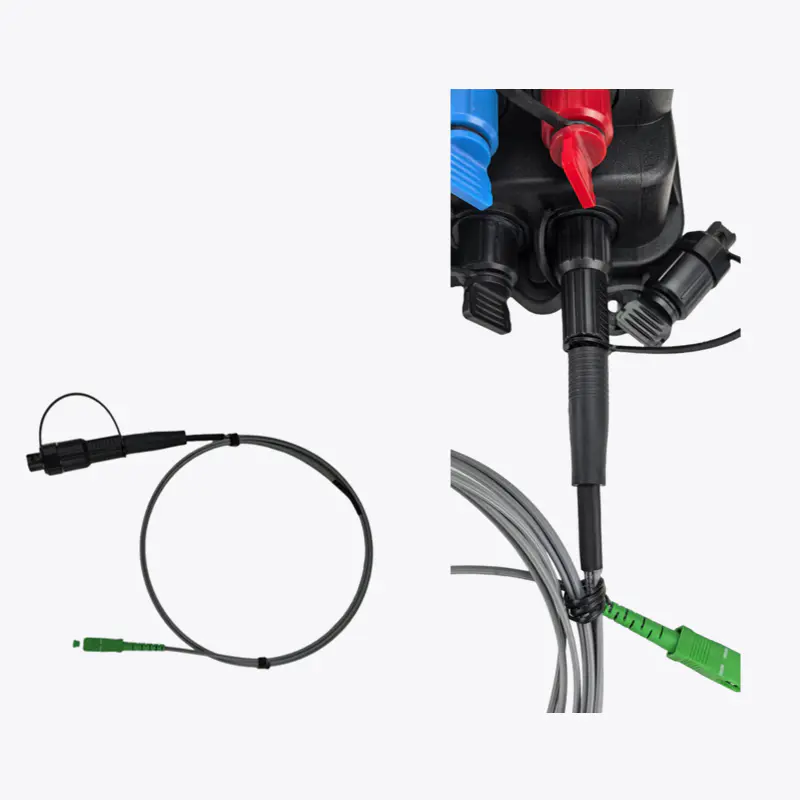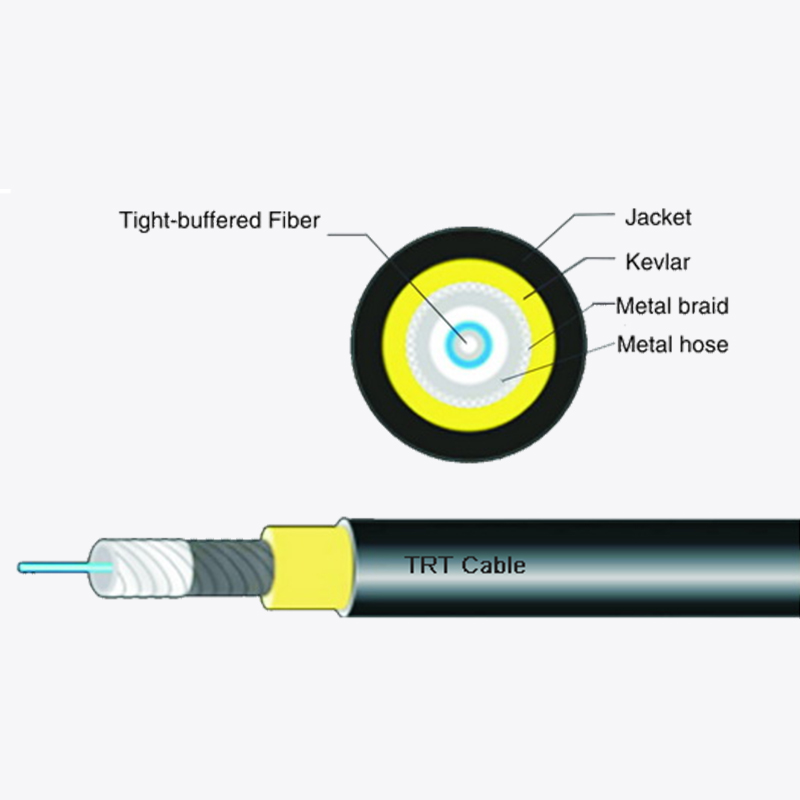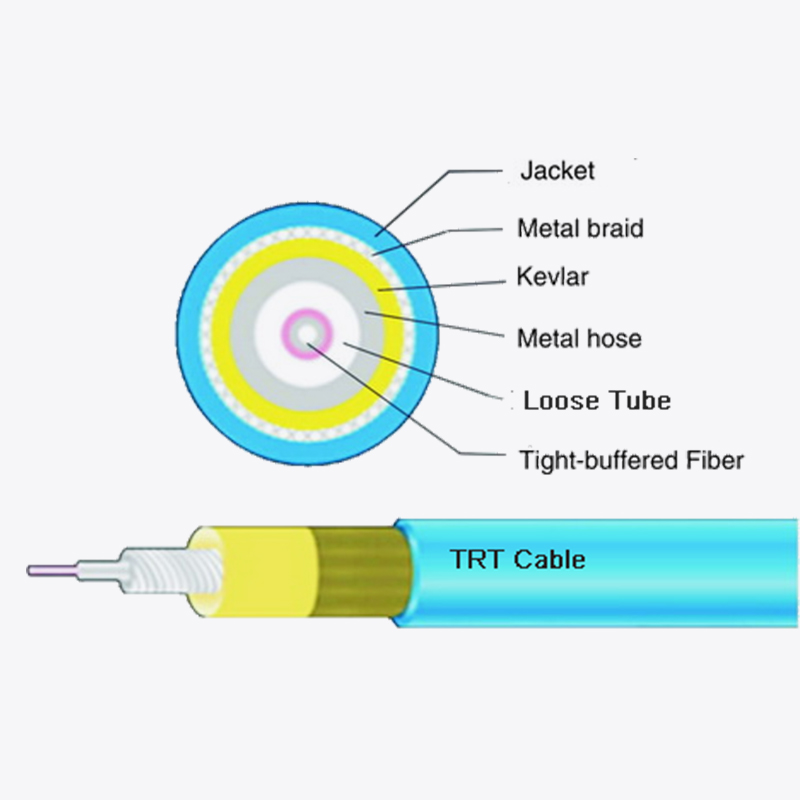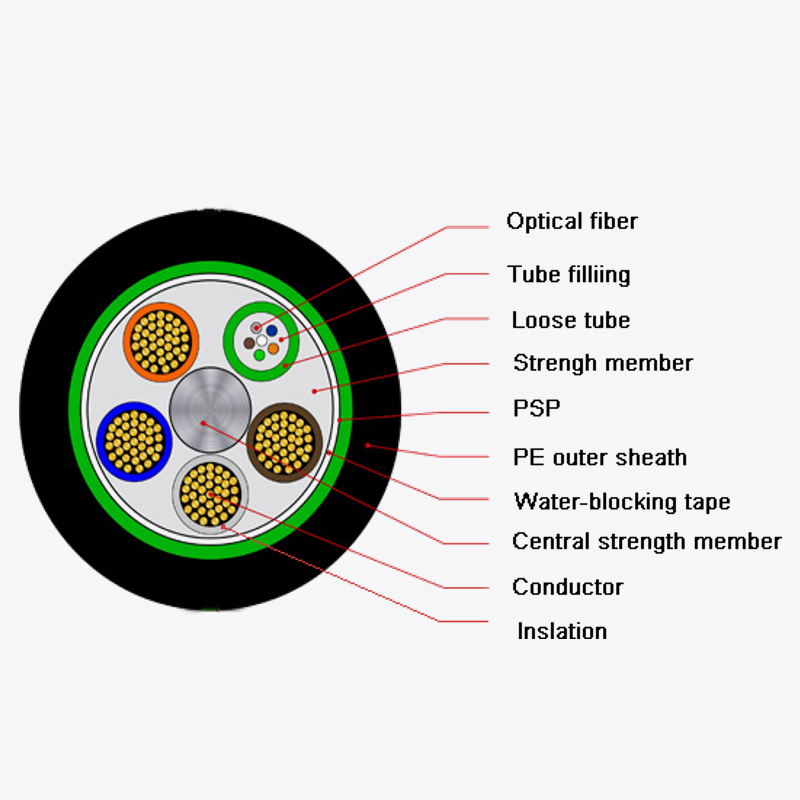Web Menu
Product Search
Exit Menu
How can optical power composite cables achieve a dual breakthrough in electromagnetic compatibility and signal stability?

How can optical power composite cables achieve a dual breakthrough in electromagnetic compatibility and signal stability?
In the field of modern communications and power transmission, the emergence of optical power composite cables marks an important leap in the design of transmission media. Traditional optical cables and power cables are independent of each other, carrying information and energy respectively, while the innovation of optical power composite cables is to integrate the two in the same sheath, which not only meets the needs of high-speed data transmission, but also provides stable power supply. However, this integration is not a simple physical superposition, but requires overcoming the electromagnetic interference problem of high-voltage power transmission on optical signals, while ensuring the long-term stable operation of the two media in complex environments. Its core breakthrough is to achieve a perfect balance between electromagnetic compatibility (EMC) and mechanical reliability through precise structural design and material optimization.
The electromagnetic compatibility challenges of optical power composite cables mainly come from the strong electromagnetic field generated during power transmission. High-frequency or high-voltage currents will form an alternating magnetic field around the conductor. If the design is not appropriate, it will seriously interfere with the transmission of optical signals in the optical fiber, resulting in a deterioration of the signal-to-noise ratio or even communication interruption. Traditional solutions often rely on physical isolation or additional shielding layers, but this will increase the size and weight of the cable and reduce deployment flexibility. The innovation of optical power composite cables lies in their optimized stacking structure and electromagnetic shielding design, which allows optical fibers and power conductors to coexist harmoniously in a limited space. The optical fiber units are not randomly arranged, but meander between the conductive copper wires in a specific topological path according to the law of electromagnetic field distribution, minimizing the impact of induced electromotive force. At the same time, the multi-layer shielding structure - including metal foil, braided layer and high magnetic permeability material - forms a gradient electromagnetic protection to ensure that signal crosstalk is strictly suppressed below -90dB, making optical communication almost unaffected by power transmission interference.
In addition to electromagnetic compatibility, the mechanical stability of optical power composite cables is also crucial. Due to the significant difference in the physical properties of optical fibers and copper conductors - the former is fragile and vulnerable, and the latter is flexible but susceptible to stress - traditional composite cables often degrade due to bending, stretching or changes in ambient temperature. Modern optical power composite cables use precise structural mechanics design to keep the optical fiber units in the cable core with moderate degrees of freedom to avoid stress concentration. The choice of sheath material also reflects system thinking: the outer layer uses UV-resistant and corrosion-resistant cross-linked polyethylene (XLPE) or polyurethane (PU), and the inner layer is provided with water-blocking gel or aluminum-plastic composite tape, which can resist external chemical erosion and prevent moisture penetration. This multi-layer protection allows the optical cable and the power unit to remain independent and stable under the same environmental stress. Even under extreme temperature differences or high humidity conditions, the optical attenuation and resistance changes can still be controlled within the engineering allowable range.
Another key advantage of optical power composite cables is their ability to adapt to complex deployment environments. In scenarios such as 5G base stations, offshore wind power or smart grids, space limitations and harsh working conditions make traditional separate wiring difficult to implement. The compact structure of the composite cable not only reduces pipeline occupancy, but also reduces construction complexity through integrated design. For example, in the power supply scenario of tower-top communication equipment, the composite cable can transmit power and optical signals at the same time, avoiding the laying of additional power lines, saving costs and improving system reliability. In addition, its optimized thermal management design ensures that the fiber performance will not be affected by temperature rise during high current transmission, while the low smoke zero halogen (LSZH) sheath material meets stringent fire safety standards, making it suitable for high-risk environments such as tunnels and data centers.
From the perspective of technological evolution, the breakthrough of optical power composite cables is not only in solving the problem of electromagnetic interference, but also in redefining the integration method of transmission media. It is not simply bundling optical cables with cables, but through the collaborative innovation of materials science, electromagnetism and structural mechanics, a new hybrid transmission system is constructed. In the future, with the development of smart grids, industrial Internet of Things and integrated space-ground communications, the demand for efficient, reliable and intensive transmission media will become more urgent. With its technological advantages, optical power composite cables are expected to become the core components of the new generation of infrastructure and promote the deep integration of energy and information networks.
 Address:Zhong'an Road, Puzhuang Town, Suzhou City, Jiangsu Prov., China
Address:Zhong'an Road, Puzhuang Town, Suzhou City, Jiangsu Prov., China Phone:+86-189 1350 1815
Phone:+86-189 1350 1815 Tel:+86-512-66392923
Tel:+86-512-66392923 Fax:+86-512-66383830
Fax:+86-512-66383830 Email:[email protected]
Email:[email protected] Wechat: xiaobin18913501815
Wechat: xiaobin18913501815 whatsapp: +86 18913501815
whatsapp: +86 18913501815
 0
0

 English
English русский
русский Español
Español Português
Português عربى
عربى



